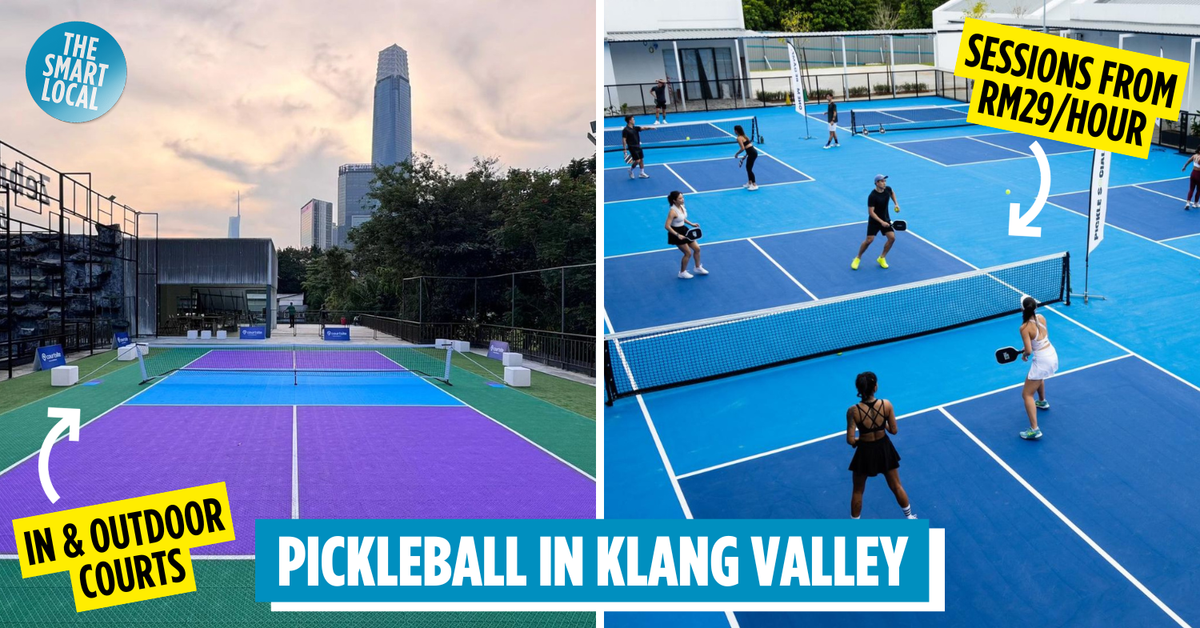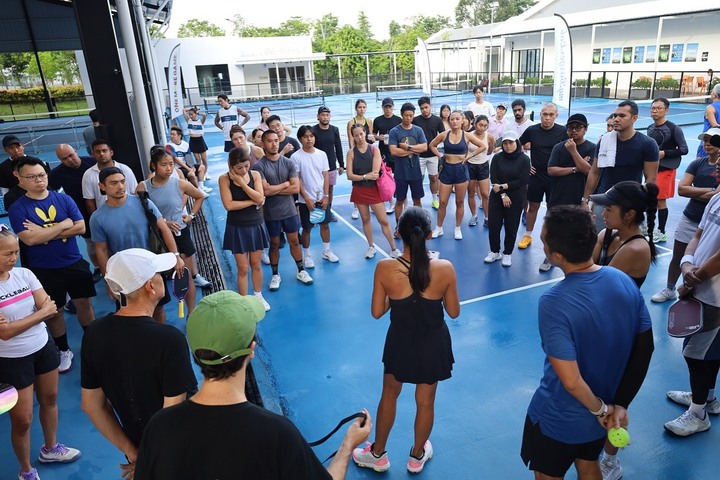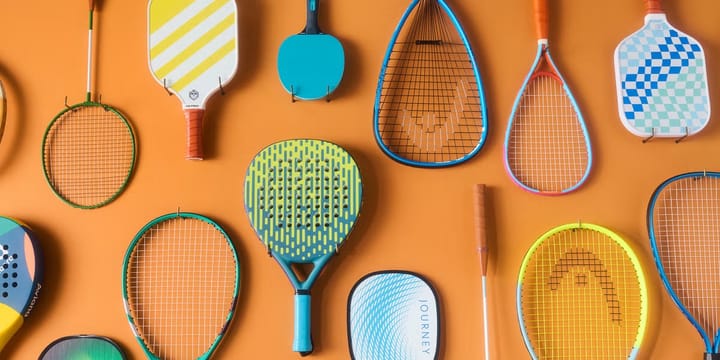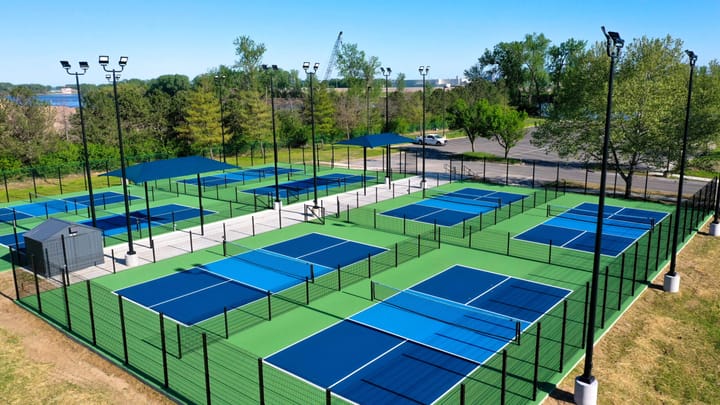Financial Viability of Pickleball in Malaysia: Strategies for Sustainable Operations
As prices drop, are pickleball centres ready to rethink their business model?

Running a pickleball venue isn’t just about renting courts. The most resilient centres are those that have diversified income streams. This includes offering coaching programmes, equipment sales, tournament hosting, and even corporate wellness tie-ins. Beyond these revenue sources, successful operators are also building brand equity through junior development academies, private clinics, merchandising, and event sponsorships. By cultivating a loyal customer base and fostering a strong club culture, venues can increase lifetime customer value and reduce reliance on one-off bookings.
With Malaysia’s pickleball ecosystem maturing, there is also increasing opportunity for centres to segment their offerings—catering distinctly to social groups, families, beginners, and high-performance athletes. The key lies in understanding each segment’s needs and designing flexible programming that creates both community engagement and commercial return. Venues that invest in data-driven planning and create layered experiences are likely to outpace those relying solely on court rental income.
In the early phase of growth, a major concern was the increasing price point for hourly court rentals. This trend was largely shaped by the sport's early adopters, particularly among the T20 and upper M40 income groups, who drove demand for premium indoor venues, structured coaching programmes, and tournament participation. These users helped establish early profitability benchmarks, enabling operators to cover high overheads and invest in infrastructure.
However, with the rapid proliferation of pickleball venues and courts across Malaysia, market conditions have begun to shift. In some urban clusters, the influx of new supply has triggered competitive pricing and even localised price wars. A general softening of average rental rates is now observable, especially among newer or underutilised centres. This downward trend is expected to continue in the near term, prompting operators to revisit their pricing strategies and value propositions to remain competitive.
However, the future growth of pickleball in Malaysia depends on its ability to reach a broader base—including the lower M40 and B40 demographics. These groups represent a significant opportunity for sustainable expansion, but only if venue operators can effectively manage operating costs, secure affordable locations, and improve court utilisation. Cost-efficiency, especially through technology adoption and digital booking platforms like Courtsite, will be critical.
Some centres are already experimenting with flexible pricing models, group packages, and off-peak promotions to make the sport more accessible. Others are exploring partnerships with community halls and local councils to offer subsidised access. If operational innovations continue and digital tools are embraced at scale, the sport will be well-positioned to achieve inclusive, long-term sustainability.
Digital engagement also matters. Centres that leverage DUPR integration, online booking, and gamified engagement (such as ranking ladders and badges) tend to retain users more effectively. Community-building—like friendly leagues, social mixers, and charity tournaments—also helps anchor users beyond transactional bookings.
Ultimately, the venues that think beyond court rental and lean into holistic player experiences will weather the market shifts best.



